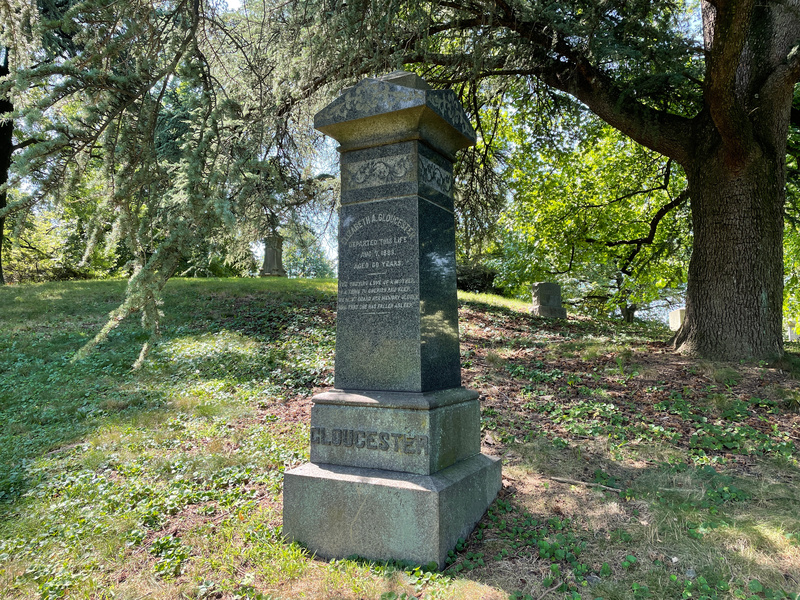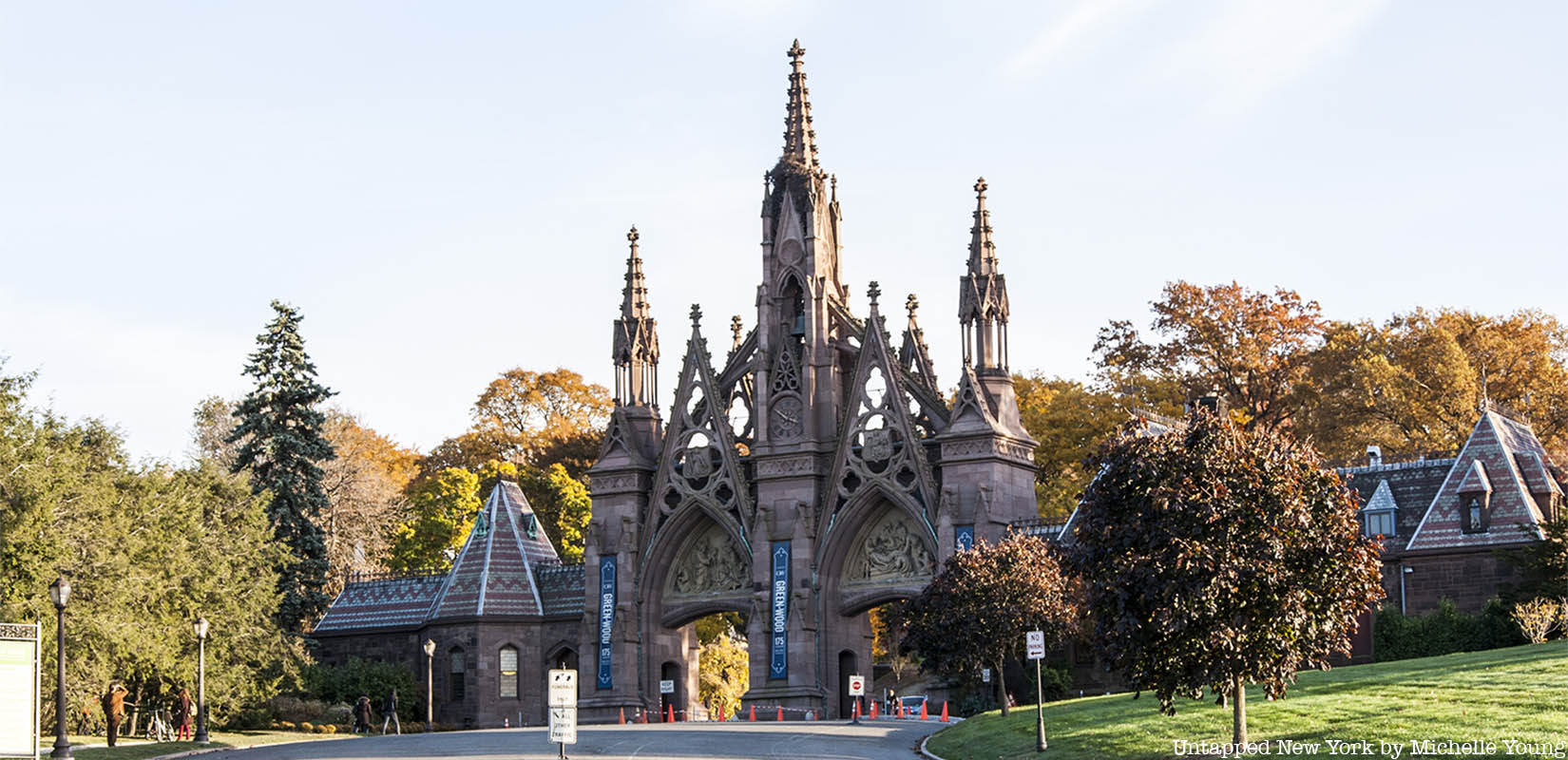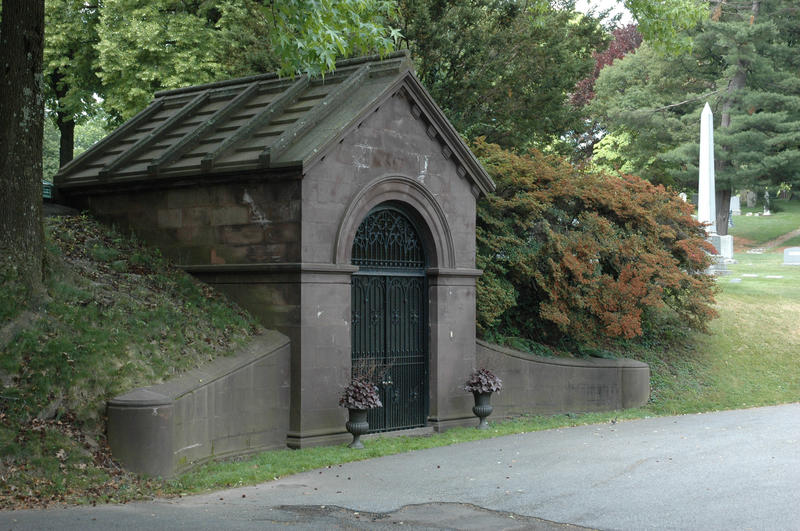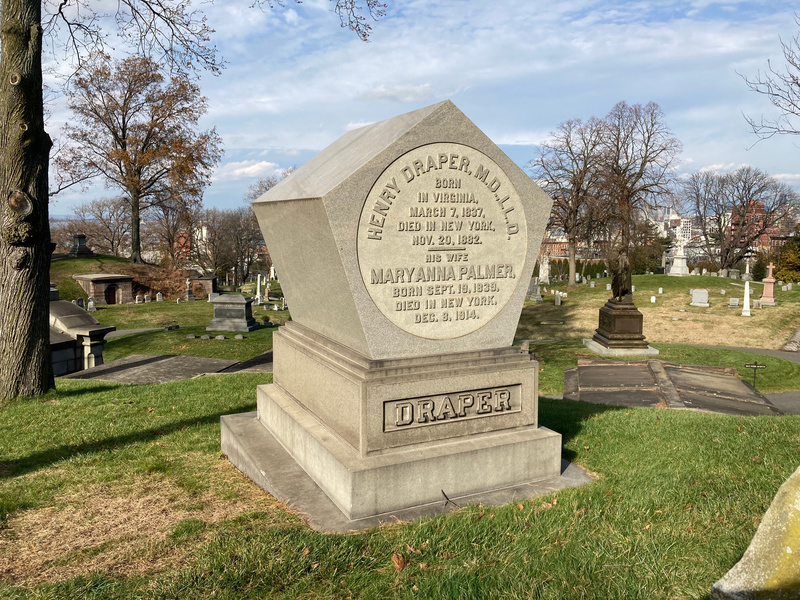Though you may not recognize her name today, Elizabeth Gloucester was “known by everyone in Brooklyn, New York, the state, and in fact throughout a great part of the country” at the time of her death in 1883, according to the Brooklyn Daily Eagle. Gloucester was a well-known abolitionist, philanthropist, and one of the wealthiest Black women of the 18th century. Her story is just one of the fascinating female biographies you’ll hear on our upcoming Women’s History Month-themed tour of Green-Wood Cemetery!
This tour on March 3rd, Women Who Walked Ahead, is free for Untapped New York Insiders! Not an Insider yet? Become a member today and use code JOINUS to get your first month free.
Born Elizabeth Amelia Parkhill in Richmond, Virginia, a young Elizabeth was sent to live in Philadelphia after the premature death of her mother. She was raised in the home of Reverend John Gloucester, founder of America’s first African-American Presbyterian church. As a young woman, she married the reverend’s son James and the couple moved to New York.
For work, Elizabeth sold second-hand clothing and eventually ran a furniture store. John was a teacher, then a minister, then a physician. Their wealth began to grow when Elizabeth started to acquire boarding homes and rent out the rooms. She would ultimately be in charge of at least 15 different boarding houses in New York and Brooklyn (separate cities at the time),
When John made a career change to ministry, Elizabeth helped to fund the construction of Siloam Presbyterian Church on Prince Street in Downtown Brooklyn. Opened in 1849, this church building would be condemned in the early 1900s and razed to make room for Manhattan Bridge infrastructure. The couple and their children moved to Brooklyn, then a separate city from New York, in 1855.
The Gloucesters became close with many famous figures in the abolitionist movement including Frederick Douglas, Harriet Beecher Stowe, Henry Ward Beecher, and John Brown. After the raid on Harper’s Ferry, when Brown was captured, a letter from Elizabeth was found in his possession along with a donation she had made to Brown’s cause. Brown is reported to have said to Elizabeth, “I wish you were a man, for I’d like to have you invade the South with my little band.”
Elizabeth also made contributions to and led fundraising efforts in support of the Colored Orphan Asylum. This institution at 43rd Street and Fifth Avenue in Manhattan was burnt down during the draft riots of 1863. The orphanage later moved to a new location in the Bronx.
In 1855, Elizabeth purchased 144 Remsen Street in Brooklyn Heights, formerly the mens-only Hamilton Club. She turned this grand five-story building into Remsen House, a boarding house that attracted wealthy clientele. The Gloucesters lived in the building and also hosted meetings for groups like the Freedman’s Friend Society, Union Soldier Associations, and the Ladies National Union Fair.

By the end of her life, Elizabeth was estimated to have amassed a fortune equivalent to roughly $7 million today. In her husband’s 1890 obituary, Elizabeth was referred to as “the richest colored woman in the United States.” Her own obituary in the Brooklyn Daily Eagle called her a “remarkable woman” with “a wonderful business aptitude.” After Elizabth’s death, Remsen House was run by two of her daughters until they sold it back to the Hamilton Club, and the building was demolished in 1938.
Today, you can pay your respects to Elizabeth at her grave in section 31, lot 9817 in Green-Wood Cemetery. Join us on March 3rd as we visit Elizabeth and more trailblazing women, such as philanthropist and astronomer Mary Anna Palmer Draper, early climate researcher Eunice Newton Foote, and prominent art collector and suffragist Louisine Havemeyer and more on a Women’s History Month tour!
Next, check out 10 Famous People Buried in NYC








